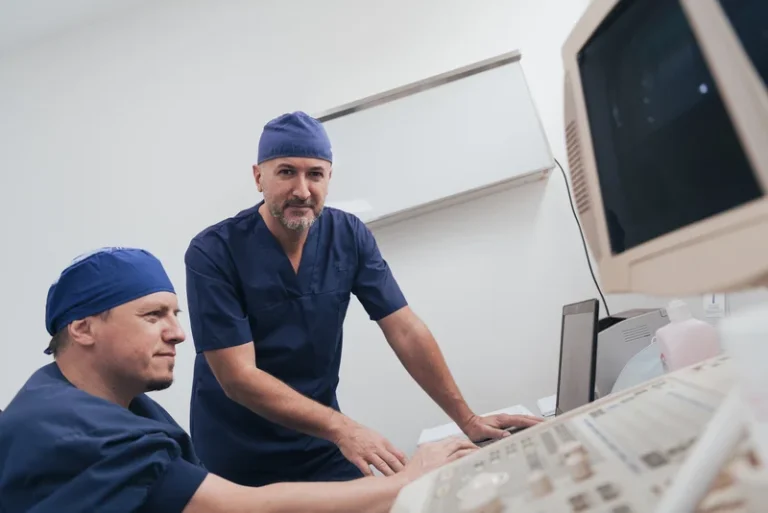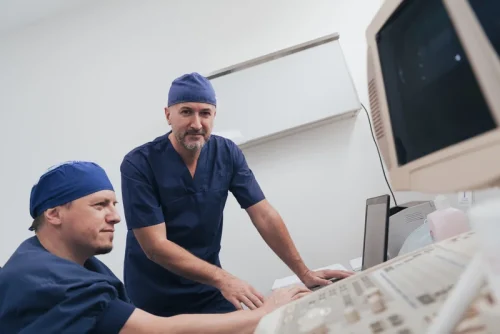
Depending on the substance, neurotransmitter activity can increase or decrease. The processes of becoming tolerant, dependent, and addicted involve changes in the brain. Neurotransmitters are chemical messengers in the brain and body that send messages between cells. This is how the body and brain communicate to allow a person to think, feel, act, and experience the environment. However, if they crave alcohol and are unable to get through an evening without it easily, this may be an addiction.
- Alcohol consumption depletes thiamine (Vitamin B1), folate, and magnesium, leading to neurological and metabolic complications.
- At some point, it may be helpful to include your partner or family, too.
- According to the National Institute on Alcohol Abuse and Alcoholism (NIAAA), symptoms usually start six hours after cessation, peak within 24 to 72 hours, and improve within seven days.
- The withdrawal process begins within hours of the last drink, peaks in intensity over the next few days, and gradually subsides as the body readjusts.
When to See a Healthcare Provider

When the supply of alcohol suddenly stops or decreases, withdrawal symptoms can develop. Up to 50% of AUD patients experience withdrawal symptoms 4, 5, a minority of whom requires medical treatment. AWS is a clinical diagnosis, based on risk factors, history, presenting symptoms, and physical exam. Given its overlap with other conditions, it is important to understand a patient’s baseline medical history so that certain disease exacerbations are not perceived as being part of a developing AWS (eg, an essential tremor). Alcohol consumption in the United States contributes to approximately 85,000 deaths annually. Alcohol dependence or hazardous drinking behaviors have become increasingly common, occurring in up to 15-20% of patients in the ambulatory setting.
Table 2
Alcohol consumption spans a spectrum ranging from low risk to severe alcohol use disorder (AUD). The Cure for Alcohol Withdrawal Symptoms symptoms of alcohol withdrawal include anxiety, tremors, sweating, nausea, and elevated heart rate, which appear within 6–24 hours after the last drink. Severe symptoms, such as seizures, hallucinations, and delirium tremens (DTs), develop in a few cases and are life-threatening if untreated.

How Long Does Alcohol Withdrawal Last?

However, this artificial surge depletes these chemicals, leaving people feeling tired, anxious, or depressed after the drug wears off. Over time, repeated use can damage the brain’s ability to regulate mood and emotions naturally. After the effects of ecstasy wear off, the brain is left with depleted levels of serotonin and other chemicals. This depletion can result in feelings of sadness, fatigue, and confusion. Over time, repeated use of ecstasy trains the brain to rely on the drug for happiness and pleasure, making it harder for the brain to produce these feelings naturally.
- If you drink only once in a while, you’re unlikely to have withdrawal symptoms.
- This may involve one one-on-one sessions with a social worker or therapist to help you deal with mental health issues or past traumas.
- The use of benzodiazepines is beneficial in lessening agitation, preventing withdrawal seizures, and reducing the progression of withdrawal symptoms.
It also has evidence to suggest benefit in preventing relapse to drinking after acute withdrawal. Gabapentin is an amphetamine addiction treatment antagonist of the presynaptic α2δ subunit of voltage gated calcium channels, resulting in decreased release of glutamate. This is expected to decrease glutamate-related hyperexcitability in alcohol withdrawal despite having no action at GABA receptors. AWS is frequently observed in emergency departments as well as inpatient medical and surgical services. Given the spectrum of patient presentation and the breadth of treatment options, management of patients experiencing AWS is inherently complex.
Patients suffering from mild to moderate AWS can be managed as outpatients while more severe forms should be monitored and treated in an inpatient setting. The availability of an Alcohol Addiction Unit is of help in the clinical evaluation, management, and treatment of AWS patients, with a reduction in hospitalization costs. Patients can be managed principally as outpatients and transferred to the inpatient unit only when the clinical situation requires 45. In clinical practice, physicians have the need to predict the probability of a patient to develop severe AWS. The mild-moderate form of AWS is often self-managed by patients or disappears within 2–7 days from the last drink 5, 7, while the more severe AWS requires medical treatment 4, 5.

